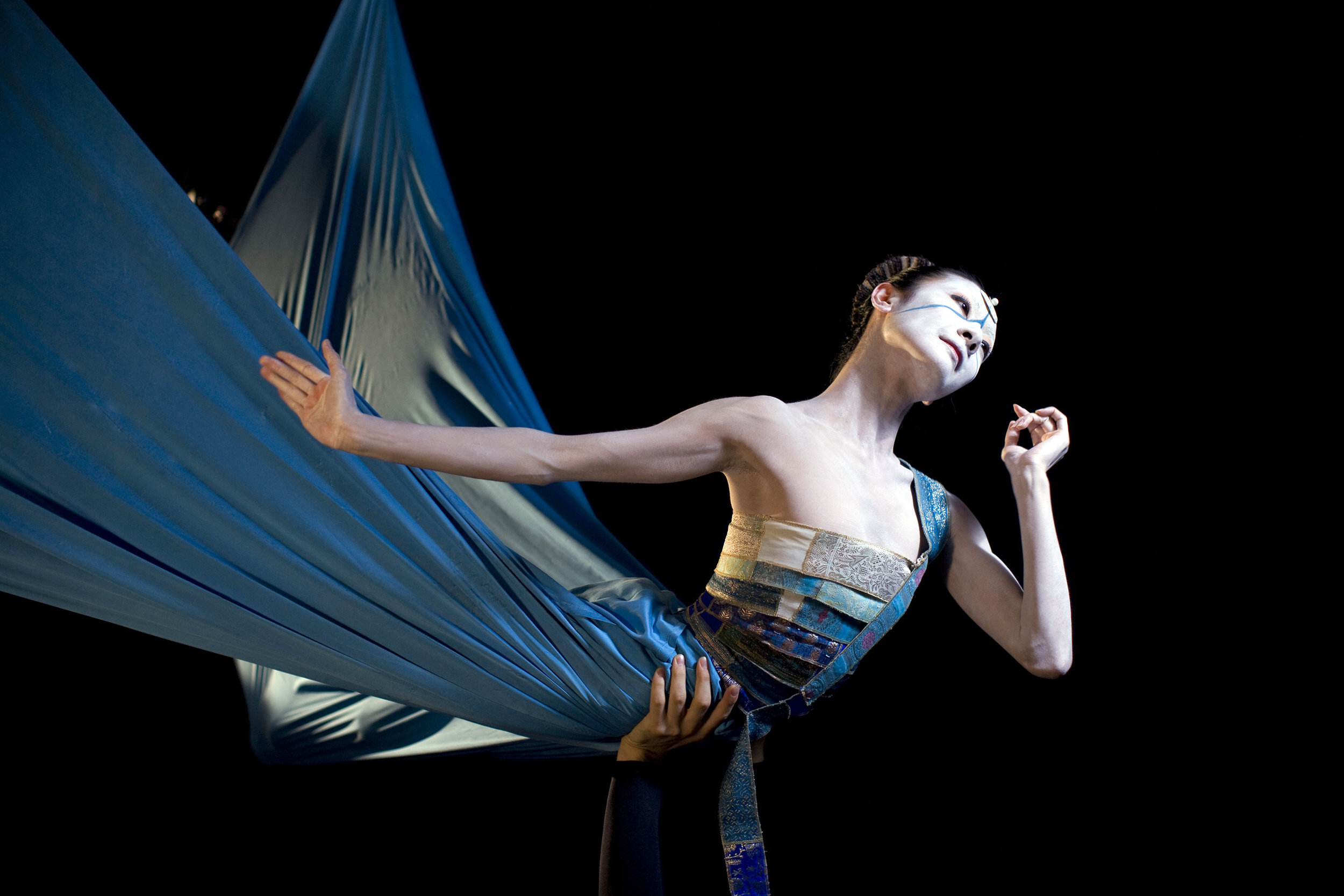Marquee: We Give Live Performances A More Accessible Life
Think Netflix for when you’re feeling intellectual.
Film still from Little Mermaid (2011). Courtesy Marquee Arts Ltd.
It's hard to imagine wanting another video on-demand service. With the likes of Netflix, Amazon, Hulu, and Youtube, we can stream virtually everything the world has to offer: From old-timey films and new web series, to obscure documentaries about conspiracy theories and vlog-form adaptations of Shakespeare, we're spoiled silly.
But where live performances like ballet, durational art, and theater is concerned, not a single centralized platform readily comes to mind. Enter Marquee Arts Ltd.
This month, the company is slated to launch just that platform: a subscription video-on-demand service for arts and culture that encompasses opera, music, and contemporary performances of the kind. And given the rising costs these ticketed events often go for, the prospect of gaining access to this realm of culture admittedly comes with its own appeal.
By creating a digital library of analog performances available to its users with a leisure click, tap, and swipe, Marquee is hoping to widen the audiences these works can reach. We sat down with the team behind the project, Marc Kirschner and Kathleya Afanador, for a short Q&A about the service.
Film still from Ravel (2016). Courtesy Filip Van Roe via Marquee Arts Ltd.
1. Tell us what Marquee is about.
Kathleya Afanador: The product we're launching is a subscription video on demand for arts and culture. We’re bringing content that encompasses dance, opera, theatre, music, and documentaries, all to one multi-platform service. It'll be a place for people who enjoy these art forms to explore and expand that interest.
2. Why do you think we need it?
Marc Kirschner: We want to give these live performances a more urgent life—an accessible life. We hope we can amplify the audience for these works significantly, and allow people to experience performances that may otherwise be monetarily or geographically inaccessible.
KA: Our service is going to be global, so the audience is going to be much more extensive than the in-house live performance audience. A lot of people don’t live in big cities where performances are happening, and not everyone has the opportunity to go to the Royal Opera House every weekend.
MK: There’s also the big cost component to it as well. Buying a DVD, for instance, of some of these works from the source—from the theaters staging the production, or the companies, or wherever—could be forty to fifty dollars a pop. Paying a subscription service is more cost effective, more convenient, and if someone doesn't like a program, they can stop it and find something else to try.
3. So it’s like Netflix, but for performing arts?
MK: Yeah. There’s really no consolidated home for many of these performances that is cost-effective and provides a great user experience, but also makes the content discoverable. We’re not just distributing this content, but widening its audience. Distribution to some extent is the easy part; discoverability is the hard part. And, again, this is just the beginning. We’re going to be accessible as we roll out on just about every device. iOS, Android, Fire, and Apple TV are the first ones, and then we’ll expand.
KA: From a content perspective, we are also trying to focus on more contemporary works, which are obviously a much harder sell. If you don’t know the artist, it’s sort of a big risk for a lot of people. With us, people can try it out without having to pay a hundred dollars and sit through a show. They can experience creators who they may otherwise not know about.
4. Tell us more about the works. Are you focusing on contemporary performances? Is there an archival aspect to this service?
KA: We’re not marketing ourselves as an archival space. We want to promote living artists who are creating new works even though we’re still talking about these classical forms. There’s still innovation being done in these forms, and we want those works to be seen.
MK: There's a lot of material out there that is looking for a home. Yes, we’re focusing on new works, and I think the discoverability we offer is something that today’s creators need. But we are actually talking to a few large archives. You have rare footage that was filmed originally for broadcast in the '60s, in the '70s, and, in some cases, performances that were shot in 35mm film in the '50s. I think part of the issue is that the world has seen enough Swan Lakes, and there is a lot more contemporary work out there that isn’t being seen because it's not discoverable or accessible. This applies to some older works, too, that can be saved from the dustbins of history.
5. How do you think translating live experience to video is going to work?
KA: Nobody is claiming that this is a substitute for the live experience! It’s a different experience, and in certain cases, it can be enhanced. There are interesting hybrid forms of these productions that people are creating using the camera that you can’t do in a live performance.
MK: Concerns about translating the live experience to film are overblown. People don't download music off of iTunes and then decide not to see the band in concert. In fact, they're more likely to make the bigger, more committed purchase if they're more familiar with the product. They’re just different experiences. There are benefits to the live experience, and there are detriments to the live experience. With Marquee, you can dictate what that experience is.
Author: Annie Felix
Editor: Rain Embuscado


